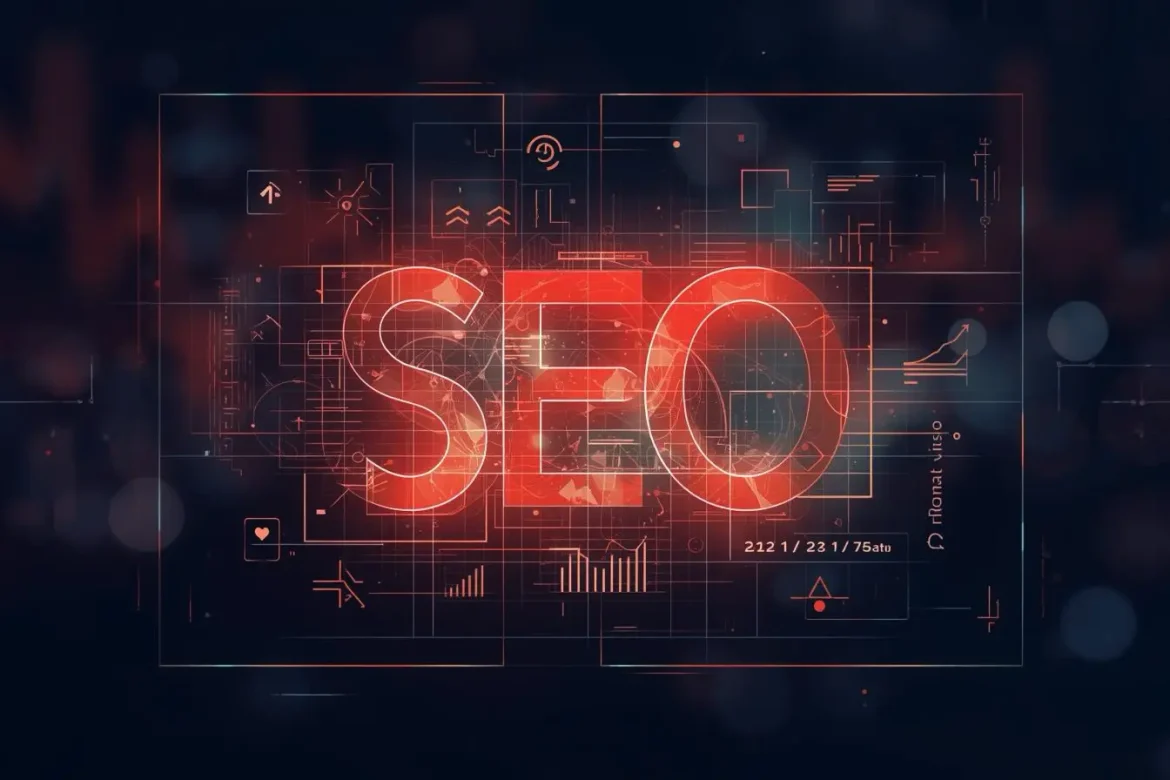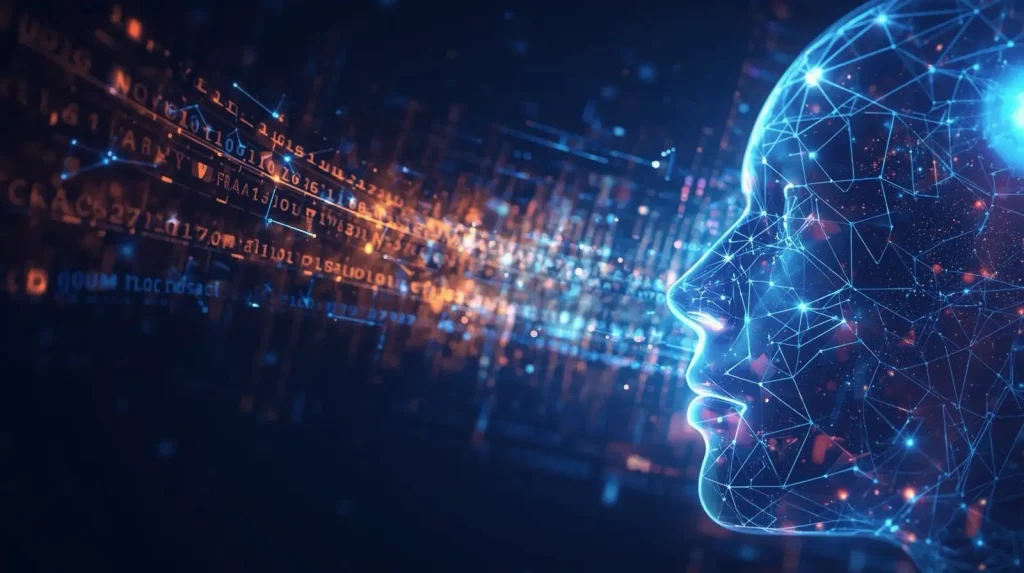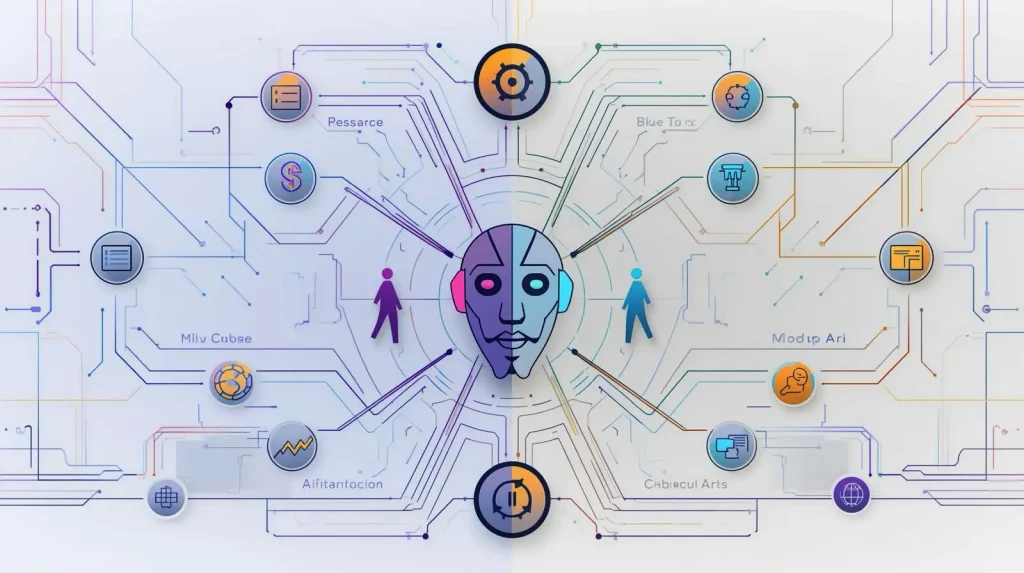
|
Getting your Trinity Audio player ready...
|
Search Engine Optimization (SEO) has always been a game of adaptation. A decade ago, the rules were simpler: find the right keywords, sprinkle them generously throughout your content, and build a decent number of backlinks. Success was a matter of diligence and following a checklist of best practices. But the digital landscape has undergone a seismic shift, and the ground beneath old-school SEO is cracking.
The internet of today is a sprawling, hyper-competitive ecosystem powered by machine learning and user-centric algorithms. Search engines like Google have evolved from simple keyword-matching machines into sophisticated “answer engines” that understand context, intent, and nuance. This evolution has rendered many traditional SEO tactics obsolete, if not outright detrimental. The era of manual, rule-based optimization is fading, and in its place, a new paradigm is emerging: AI-driven SEO.
This isn’t just another buzzword or a fleeting trend. The integration of artificial intelligence is fundamentally rewriting the SEO playbook. It’s a shift from educated guesses to data-driven predictions, from tedious manual tasks to intelligent automation, and from a one-size-fits-all approach to deeply personalized user experiences. For marketers, content creators, and SEO professionals, this isn’t a future to be feared, but a reality to be embraced. The question is no longer if AI will change SEO, but how quickly you can adapt to what AI-driven SEO is doing right now.

The Decline of Traditional SEO: When Manual Methods Hit a Wall
For years, the foundation of SEO rested on a set of predictable, repeatable tasks. While effective in a less complex digital world, these manual methods are now showing their age. They are slow, imprecise, and simply cannot keep pace with the dynamic nature of modern search algorithms and user behavior.
The Limits of Manual Keyword Research
The classic approach to keyword research involved brainstorming a list of terms, plugging them into a tool to check search volume and competition, and selecting the most promising candidates. This process, however, is fraught with limitations. A human analyst can only explore a finite number of variations and long-tail keywords, often missing out on valuable, low-competition opportunities.
Moreover, traditional keyword research is fundamentally reactive. It’s based on historical data—what people have searched for in the past. It struggles to anticipate emerging trends or capture the subtle shifts in language and intent that define how users seek information today. A manual approach often leads to content that targets keywords, not the complex questions and needs behind them. This results in articles that feel generic and fail to truly resonate with the target audience.
Examples of Outdated Tactics:
- Keyword Stuffing: The practice of unnaturally loading a webpage with keywords is now heavily penalized by search engines. Modern algorithms can easily detect this manipulation and prioritize content that reads naturally.
- Exact-Match Anchor Text: Over-optimizing internal and external links with the exact same keyword-rich anchor text is a red flag for search engines, signaling an attempt to game the system rather than provide genuine value.
- Quantity Over Quality Link Building: The race to acquire the highest number of backlinks, regardless of their source or relevance, has been replaced by a focus on earning high-authority, contextually appropriate links.
These rule-based tactics fail because search engines are no longer rule-based. They are learning systems. They understand synonyms, context, and topical authority. Simply put, you can’t trick an algorithm that is designed to think more like a human. Trying to do so is not just ineffective; it’s a surefire way to get lost in the noise.
What AI-Driven SEO Does Differently: From Guesswork to Precision
Where traditional SEO falters, AI-driven SEO excels. By leveraging machine learning, natural language processing (NLP), and big data analysis, AI introduces a level of sophistication that was previously unattainable. It shifts the focus from chasing keywords to comprehensively understanding and serving user intent.
Decoding Search Intent with Machine Learning
At its core, AI SEO is about understanding the why behind a search query. Is the user looking for information, trying to buy a product, or seeking a specific website? AI models analyze thousands of data points—from the language used in the query to the user’s search history and location—to classify intent with remarkable accuracy.
This allows for the creation of content that is perfectly aligned with user expectations. For example, an AI tool might determine that queries around “best running shoes” are primarily commercial in nature and require content that includes product comparisons, reviews, and links to purchase. In contrast, a query like “how to start running” is informational, demanding a beginner’s guide with training tips and advice. Automated SEO tools powered by AI can make these distinctions at scale, guiding content strategy with data-backed insights.
Predicting Trends and Uncovering Opportunities
One of the most powerful applications of AI in SEO is its predictive capability. Instead of relying on last month’s data, machine learning models can analyze real-time search patterns, social media conversations, and news trends to forecast what topics will be relevant in the future. This is the future of SEO—moving from a reactive to a proactive strategy.
Imagine launching a content campaign that perfectly coincides with a surge in consumer interest, simply because your AI tool identified the nascent trend weeks in advance. This allows brands to establish themselves as authorities on emerging topics, capturing traffic and market share before the competition even realizes what’s happening. Furthermore, AI can identify “content gaps”—areas where user demand for information is high, but the supply of quality content is low. These are golden opportunities that manual research often misses.

Efficiency, Precision, and Adaptability: The AI Advantage
The theoretical benefits of AI SEO are compelling, but its practical advantages are what truly set it apart. By automating complex and time-consuming tasks, AI empowers SEO professionals to focus on high-level strategy and creativity.
Unparalleled Efficiency
The sheer volume of work involved in a comprehensive SEO strategy can be overwhelming. From technical audits and on-page optimization to competitor analysis and rank tracking, the list of manual tasks is endless. Automated SEO tools can execute these tasks in a fraction of the time it would take a human, and with greater accuracy.
Consider a technical site audit for a large e-commerce website with thousands of pages. A manual audit could take weeks, involving a painstaking process of checking for broken links, duplicate content, and indexing issues. An AI-powered crawler can complete the same audit in hours, delivering a prioritized list of actionable recommendations. This frees up the SEO team to focus on implementing fixes rather than finding them.
Data-Driven Precision
Human intuition is valuable, but it’s also prone to bias and error. AI, on the other hand, operates on pure data. When it comes to content optimization, AI tools can analyze the top-ranking pages for a target query and identify the exact elements that correlate with success. This includes everything from the optimal word count and heading structure to the specific topics and semantic keywords that need to be covered.
A company using an AI content optimization tool might discover that its blog posts on “sustainable investing” are underperforming because they fail to address the related concept of “ESG criteria.” A human writer might not have made this connection, but the AI, having analyzed hundreds of top-ranking articles, identifies it as a critical component for topical authority. The result is content that is not just well-written, but forensically engineered to rank.
Continuous Adaptability
Search engine algorithms are in a constant state of flux, with hundreds of minor updates and several major core updates each year. A strategy that worked yesterday might be ineffective tomorrow. AI-driven SEO thrives in this environment. Machine learning models can detect algorithmic shifts in real-time by analyzing ranking fluctuations across millions of keywords and websites.
This allows for rapid strategy adjustments. If an algorithm update begins to favor content with more video, an AI tool can flag this trend, prompting the content team to adapt its approach. This agility is impossible to achieve with manual methods, which often rely on industry articles and post-mortem analyses to understand what has changed.
The Human Element: AI as a Copilot, Not a Pilot
The rise of AI SEO does not signal the end of the SEO professional. Instead, it heralds an evolution of the role. The future of SEO is not a fully autonomous system, but a powerful collaboration between human creativity and artificial intelligence. AI is the analytical engine, but a human is still needed in the driver’s seat.
AI can provide data-driven recommendations, but it lacks the creative spark and strategic foresight of a human expert. It can tell you what topics to cover, but it can’t craft a compelling brand story or write with a unique voice that connects with an audience on an emotional level. It can identify an optimization opportunity, but it can’t weigh it against broader business goals or brand identity.
Editorial judgment remains paramount. A human needs to ensure that AI-generated content suggestions are accurate, on-brand, and genuinely helpful to the reader. Strategic oversight is crucial for interpreting AI-driven insights and weaving them into a cohesive marketing plan. The most successful SEO strategies of the future will be those that seamlessly blend the best of both worlds: the computational power of AI and the nuanced wisdom of human experience.
Conclusion: Embrace the Future or Be Left Behind
The world of SEO is at a crossroads. The familiar paths of manual keyword research and rule-based optimization are leading to diminishing returns. Meanwhile, a new highway is being paved with artificial intelligence, offering a faster, smarter, and more effective route to search visibility. The future of SEO is undeniably intertwined with AI.
Embracing this change isn’t about abandoning everything we know. It’s about augmenting our skills with powerful new tools. It’s about trading tedious, repetitive tasks for deep strategic thinking. It’s about evolving from SEO technicians into true content strategists who leverage data to create exceptional user experiences.
The transition to AI-driven SEO is already underway. Companies that adopt automated SEO tools and integrate AI into their workflows are gaining a significant competitive advantage. They are more efficient, more precise, and more adaptable to the ever-changing digital landscape. Those who cling to the old ways risk being outmaneuvered and, ultimately, left behind.
Don’t let your strategy become a relic of a bygone era. The time to explore the power of AI SEO is now. Start experimenting with automated tools, rethink your content creation process, and prepare for a future where human ingenuity and machine intelligence work together to conquer the search rankings.
